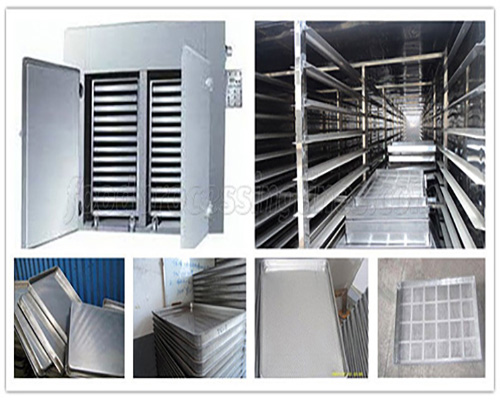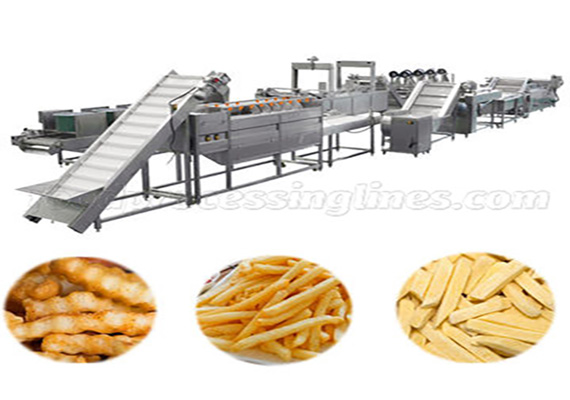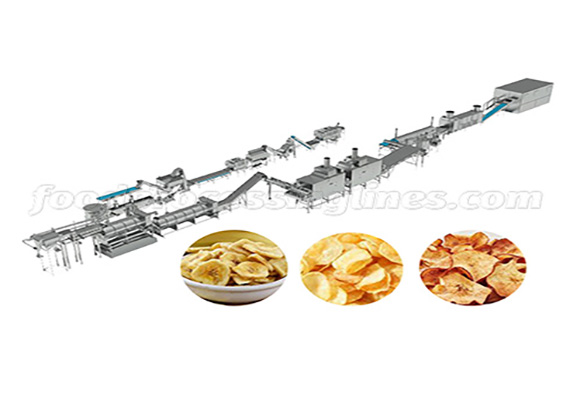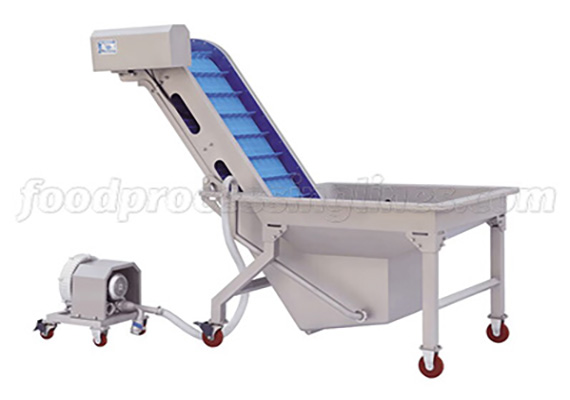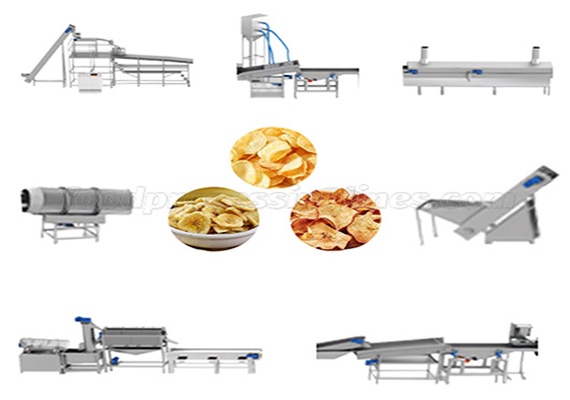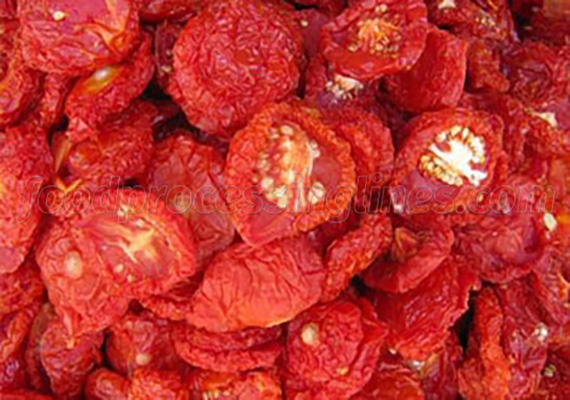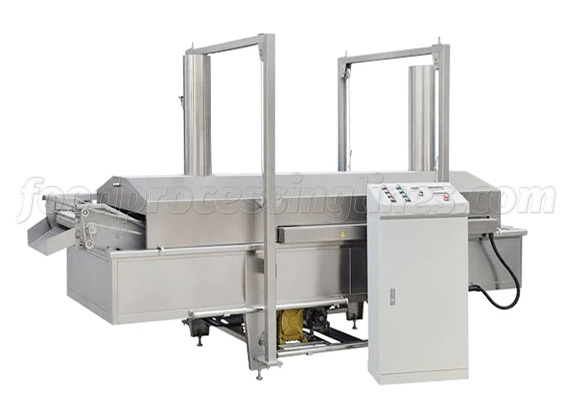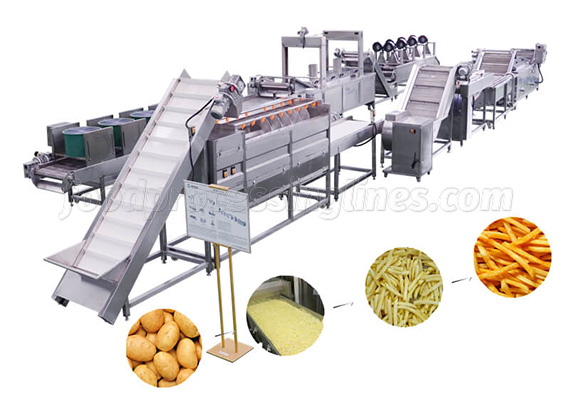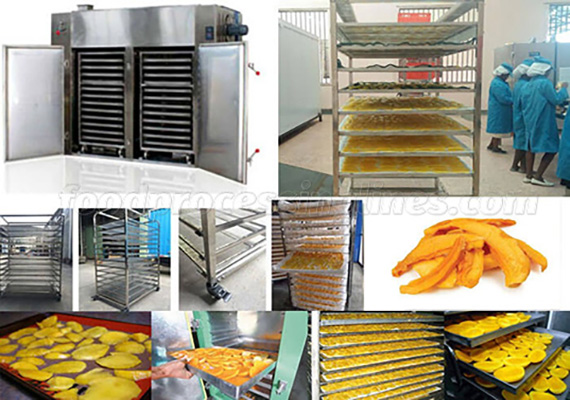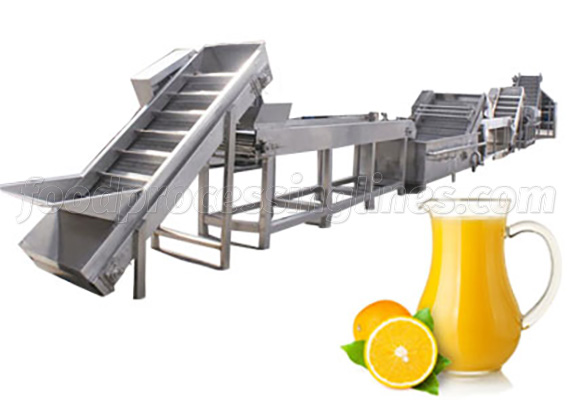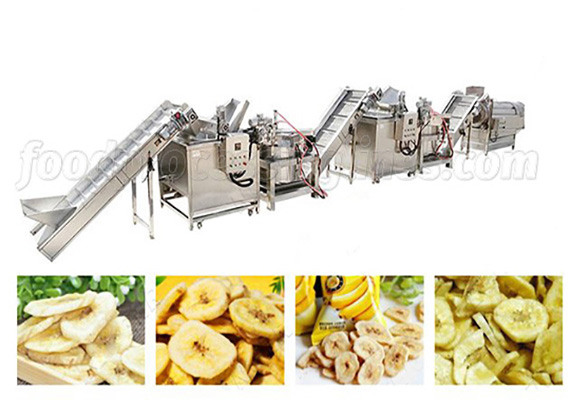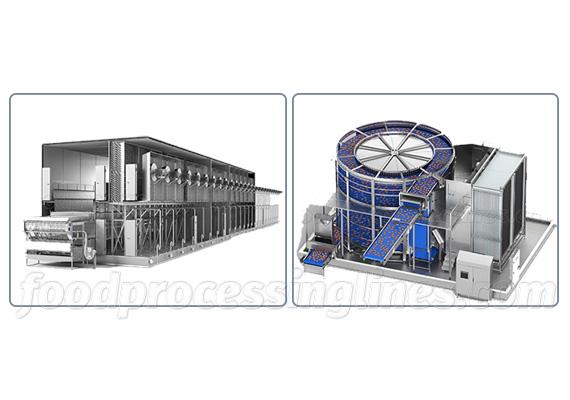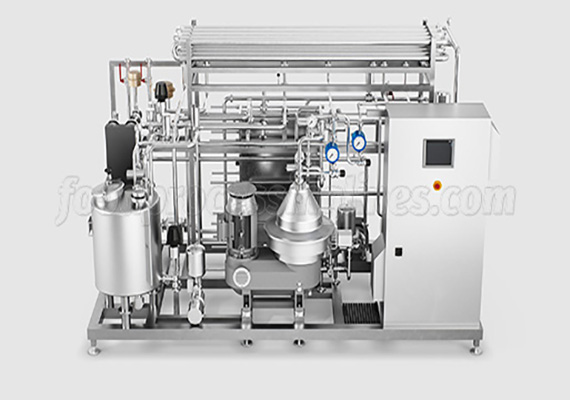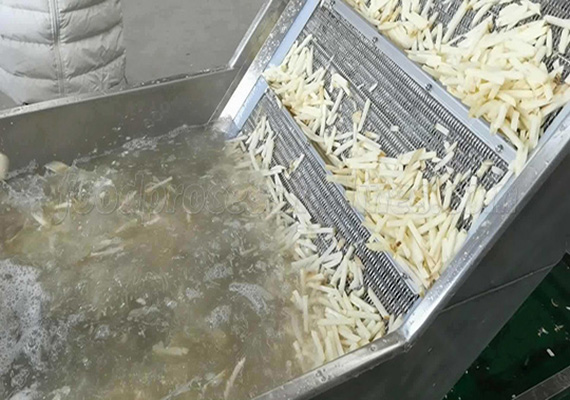What is the Fruit Drying Technology
Industrial fruit drying technology quickly evaporates the internal moisture of fruits through hot air drying, vacuum drying, microwave drying, etc., so as to keep their nutrients and taste. Thereby extending their shelf life, increasing added value and facilitating storage and transportation. It is used in the processing of dried fruits and vegetables, preserved fruits, etc. So the following is the detailed information of fruit drying technology.
What types of fruit drying machine you can choose in FPL?
There are many types of drying equipment for the fruit and vegetable industry, and the common ones are hot air dryers, vacuum dryers, oven dryers, etc.
The hot air dryer evaporates water by circulating hot air. Then the vacuum dryer uses negative pressure to evaporate water in fruits and vegetables. And the oven dryer removes water by heating and drying fruits and vegetables. These equipment can choose different drying methods according to the different characteristics of fruits and vegetables. So as to ensure the nutrients, color and taste of fruits and vegetables, reduce the loss of nutrients and extend their shelf life, which is beneficial to the storage and transportation of fruits and vegetables.
Is hot air drying the most popular in FPL?
Of course. Hot air drying is still the mainstream drying method at present, accounting for about 90% of fruit and vegetable drying market. The main characteristics of hot air drying are low investment, low production cost and large production volume. Furthermore, the quality of dried products that can basically meet the needs of actual consumption.
What is the process of drying fruits?
The fruit and vegetable drying process is mainly divided into heating, ventilation and dehumidification.
Fruit heating process
The first temperature-raising process is during the drying period. The initial temperature of the dryer is 55-60℃, the middle stage is about 70-75℃ and the later stage is dropping temperature to about 50℃ until the end of drying. You can mostly widely adopt and use this drying process method, which is suitable for fruits and vegetables with low soluble solid content or sliced. Such as apple slices, mango pineapple slices, dried apricots and other materials.
The second heating process is to increase the temperature of the drying chamber sharply, up to 95-100℃. After the raw material enters the drying chamber, it absorbs a large amount of heat to lower the temperature, which can generally be reduced to 30-60℃. At this time, you can continue to increase provide heat, raise the temperature to about70℃, maintain it for a long period of time (14-15h), and then gradually cool down until the end of drying. This heating method is suitable for whole fruits and drying or fruits with high soluble solid content, such as red dates, longan, plums, etc. So it has low thermal energy consumption, low cost and high-quality of finished products.
The third heating method is to keep the temperature at a constant level of 55-60℃ throughout the drying process, and gradually lower the temperature until the end of drying. And this heating method is suitable for drying most fruits and vegetables, and the operation technology is easy to master.

